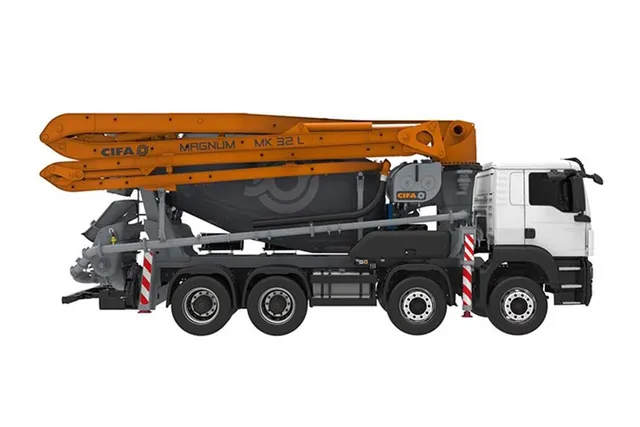How to spot the right used crane for sale: A simple buying guide
Purchasing a crane is a significant investment, whether for small-scale projects or large construction jobs. However, buying used cranes can be a cost-effective way to expand your fleet without breaking the bank. With various types of second-hand cranes available, it’s crucial to make informed decisions. Here’s a guide to help you find the right crane and avoid potential pitfalls.
1. Understand Your Project Needs
Before diving into the market, you need to understand the specific requirements of your projects. Are you looking for a compact crane that can operate in tight spaces, or do you need a large crane for heavy lifting on big construction sites? Defining the scope of your needs will help narrow down your search. For example, if you are working in urban areas with limited space, a used spider crane for sale may be the perfect fit due to its compact size and versatility.
2. Evaluate the Crane's Condition
When exploring options to buy used crane equipment, it's essential to thoroughly assess its condition. Start by checking the crane's structural integrity, including the boom, jib, and hydraulic systems. Look for any signs of rust, wear, or damage that might compromise the crane's safety or efficiency. Request maintenance logs, repair history, and ensure that the crane has undergone regular servicing.
You’ll also want to test the crane if possible. Check its load capacity, lifting height, and whether all components are functioning correctly. A visual inspection is good, but hiring a certified technician to inspect the crane can give you peace of mind before making a purchase.
3. Consider Crane Type and Application
There are numerous types of cranes available on the second-hand market, so it’s important to match the type of crane with your project’s demands. Mobile cranes, tower cranes, and spider cranes all serve different purposes.
For smaller, more delicate lifting tasks, especially in confined areas, a used spider crane for sale could be an excellent choice. These compact cranes are often used for indoor projects or locations with limited accessibility. On the other hand, if you need a crane for large construction or heavy industrial lifting, a mobile or tower crane might be more suitable.
4. Research the Crane's History
When evaluating second-hand cranes for sale, digging into the machine's history is crucial. Ask the seller how long they’ve owned the crane and what kind of work it has been used for. If the crane has been used on multiple high-stress projects, you may encounter more wear and tear. Knowing where and how the crane was used can give you an idea of its remaining lifespan and potential future repair costs.
Additionally, ensure that the crane has not been involved in any accidents or major repairs. A well-maintained, low-hours machine will generally offer better value than one with a long, hard-working history.
5. Verify Certification and Compliance
One of the most critical aspects of buying a used crane is making sure it meets all local safety regulations and industry standards. Check that the crane has up-to-date certifications, including any relevant load tests, emissions standards, and safety compliance documents. Regulations can vary from region to region, so make sure the crane is certified for use in your area to avoid legal complications.
6. Look at Total Cost of Ownership
While the initial purchase price of a crane is important, you should also factor in the total cost of ownership. This includes regular maintenance, fuel or power costs, transportation fees, and insurance. Although second-hand cranes for sale might seem like a bargain upfront, ongoing expenses can add up quickly if the crane requires frequent repairs or has outdated components. Always calculate these additional costs to ensure you are getting the best overall value.
7. Choose a Reputable Seller
Whether you're browsing online or dealing with local dealers, always ensure that you're purchasing from a reputable source. Look for sellers with positive reviews, transparent business practices, and a strong reputation within the industry. Many certified dealers offer warranties or return policies, which can give you added protection when buying a used crane.
In summary, when searching for a buy used crane deal, it's essential to assess both your project needs and the crane’s condition. By researching the machine’s history, verifying certifications, and choosing a reliable seller, you can ensure that you find the right crane at a fair price.

Read More: https://almarwan.com/c/equipment-buy/cranes














